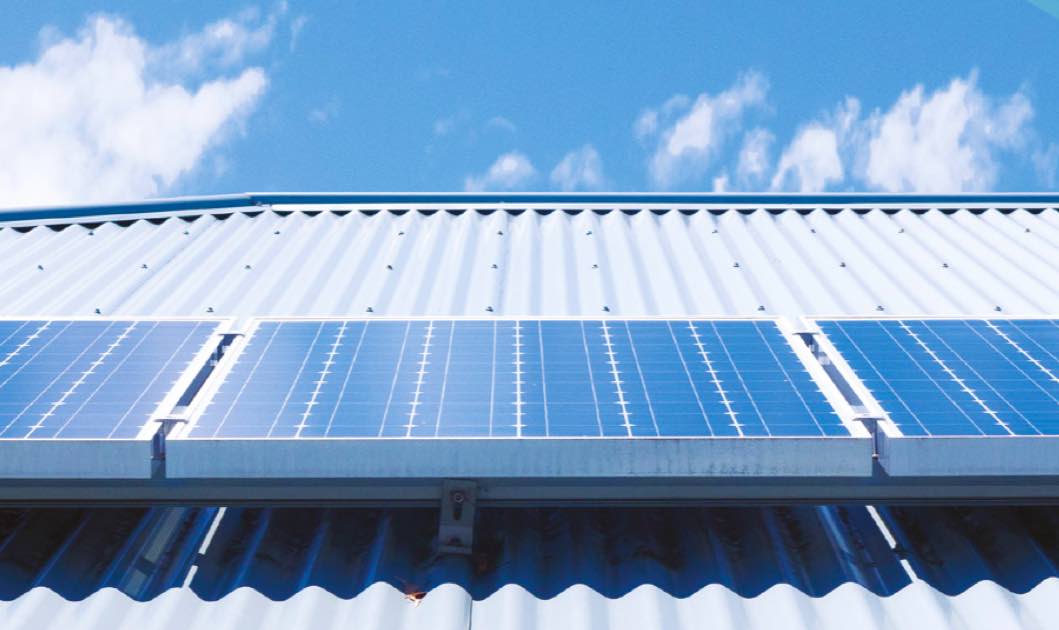South Australia is at the bleeding edge of smart grid integration, with global leadership in solar adoption and “world firsts” in grid scale batteries.
It’s impressive. However, this weekend’s events in response to the “islanding” of the state grid, after heavy storms brought transmission interruptions, shows the huge challenge networks still face in maintaining reliability across our low voltage electricity network.
Renew Economy provided a helpful analysis of how and why over 400MW of SA rooftop solar was switched off on Sunday in order to keep the grid stable.
Dialling back generation and increasing load when you have excess generation and no interconnection to export power makes sense. But doing this by increasing voltages across the grid is a worrying precedent.
Rooftop solar isn’t slowing down, but neither are extreme weather events. So, it’s time to look at a smarter way to manage grid reliability and safety. What are “unprecedented circumstances” today will be business as usual tomorrow.
Flexible exports The Flexible Exports program in SA shows an efficient way to control over-supply through direct control of smart inverters. It’s a good precedent, which would improve by using localised, feeder level data to drive the solar control, rather than the broad zone substation approach.
A rapier rather than a sledgehammer.
With individual LV transformer level monitoring data, networks can dynamically manage individual solar, EV and battery operation along each feeder, based on both market demand and individual circuit level capacity constraints. That’s smart.
It’s the approach to managing “dumb” inverters which is a worry. Raising overall voltage to levels that force the curtailment of solar inverters under AS4777 regulations is a bad precedent where everyone suffers.
Solar customers lose their zero-cost generation entirely, regardless of whether they were not even exporting to the grid, and are obliged to buy off the grid at prevailing tariffs.
That’s unfair. High voltages also force all households to consume more power and will cause damage to electrical equipment. That’s definitely unfair. Voltage limits are there for a reason.
Using high voltages to control solar output is like saying we’ll manage the traffic problem by ensuring that only vehicles running at over 110km/h are allowed on the roads… which is a bit scary.
Unlike the Flexible Exports program, no one knows when the voltages are running too high and locking out their solar, so it’s easier to sneak this by the unsuspecting customer. Not a good precedent. It’s also horribly inconsistent because a fair number of inverters have already had the AS4777 voltage restriction setting disabled by enterprising installers.
So how can we ensure a smarter approach in the future?
Requiring all new inverters and DER to have smart, controllable capability makes so much sense. With the correct, localised power quality data, you can set dynamic controls to ensure that individual households don’t tip more power into the grid when it isn’t needed, but still maximise benefit from their investment in DER.
Linking this capability with data from real time, feeder and circuit level power quality monitors means networks can set effective dynamic operating envelopes at that individual household level. It’s a targeted response, which will always be more efficient, customer friendly and cost effective than broad brush DER control at a zone sub level.
What about legacy, “dumb” inverters? Time to bite the bullet and retrofit as many as possible with DRED (demand response enablement device) control. The technology is available for most inverters installed after 2017.
Customers can probably be encouraged to install the technology if it comes with an attractive TOU tariff and some “behind the meter” monitoring. This would be a smart (and modest) use of the seemingly limitless largesse that state governments are prepared to put towards DER.
What we must not do is rely on raising voltages to control solar. We already have a high voltage problem in Australia. Networks have been allowing voltages to creep up for some time now and the regulator has not been on top of the issue.
Voltages need to go down, not up
High voltages cost Australian consumers close to $2 billion a year in excess consumption, reduced solar output and long-term damage to electrical equipment. Not to mention the increased carbon emissions which high voltages support. They need to go down, not up.
This problem has been kept from consumers, which is wrong. It’s simply bad precedent to think running even higher voltages to control solar output isn’t going to cause other customer problems. What next? Are we going to run high voltages to control EV chargers?
Re-wiring the nation isn’t just about HV transmission interconnection. It’s time to put in place a smart, data driven low voltage network where DER controls are based on localised, real-time data. This data could come from smart meters, but that’s a lot of 1 minute data, which is really expensive.
At current AMI rollout rates, it also won’t be available until well after the horse has bolted.
The answer lies in live, transformer-based monitoring of the low voltage network, which identifies the key constraint points and provides accurate, real time data to drive the targeted, dynamic DER control. This is the smart way to support demand reduction, grid reliability and customer fairness.
Richard McIndoe is a former CEO of Energy Australia and is now Chairman of Edge Zero, a Melbourne based grid edge technology developer focused on enabling electricity networks to accelerate DER integration globally.










